SensorySmart™ Strategies for Wearing Face Masks during the Pandemic
The COVID-19 pandemic is disorienting and scary for all of us. It has been a marvel for me as an occupational therapist to see how well so many of my clients —children, teens, and adults alike — have coped with this surreal disruption of daily routines.
As we adjust to the “new normal” many are still learning to take the proactive steps needed to protect the safety of themselves and others: washing hands frequently, physically distancing, and wearing a face mask.
Wearing a face mask is especially challenging for people with sensory issues who are hypersensitive to fabric on their face, disturbed by how the mask smells, aware of their breathing, and thrown by how some masks muffle voices. For those who need to see another person’s face for nonverbal social cues or to recognize a person, wearing a face mask or seeing someone with a covered nose and mouth can be scary or downright intolerable. For children with hearing impairments, a standard face mask can significantly interfere with communication.
For quick tips see Lindsey’s article in the New York Times How to Help Your Child Wear a Mask.
Wearing a mask is a learned behavior. Teaching children to tolerate masks for longer periods requires plenty of patience, practice, and sensory strategies to incorporate the new behavior into the predictable routine most kids (and adults) thrive on. If you are struggling with this, you are not alone! Fortunately, there are many sensory smart strategies that can make wearing a mask easier. First, analyze the problem:
- What sensory demands are intolerable? Does the child (without respiratory issues) feel it’s harder to breathe when wearing a mask? Is it the feeling of cloth on the lips and cheeks? Is it the strap? Is it the smell? Is it that the child is disturbed by not being able to see others’ nose and mouth?
- What about the environment? Do you put the mask on when the child is indoors or outdoors? Where are you taking the child once masked? How long does the child have to wear it for?
- How can you prepare the child better? Does the child understand why wearing a mask is so important? Do they have a sense of predictability and routine? Are they able to feel some mastery over the situation?
Solutions and Strategies
Just like clothing, there is a range of fit and comfort when it comes to face masks. There is no one-size, one-style fits all. Some face masks are more sensory-friendly than others, and it may take you and your child some trial and error to find the most comfortable material, shape, and strap design. Here are a few ideas:
While some people like disposable surgical masks, they often do not fit well, do not seal well, and can get hot. If you or your child prefers these but they are too loose, fold the mask in half lengthwise, tie a knot at the edges of the mask, and push the sides of the mask beneath the knot to reduce gaps.
If it’s a reusable mask (rather than disposable or KN95/N95), wash it in hot water with unscented detergent before wearing to remove chemicals and packaging smells. Wash masks daily (or more often if soiled) with hot water.
Many tactile sensitive kids and adults feel better with all-cotton masks that have soft, adjustable cotton straps such as those from Joah Love. Many stores such as Target and Old Navy also have a selection of soft cotton masks you can try.
Straps make a big difference. Experiment with masks that have ear loops and those with straps that go behind the head which can tug hair and irritate sensitive scalps (wear beneath a ponytail if possible). Your child may be happier with soft straps that cinch up with a tug rather than elastic straps that can pinch and be too tight. You can add a Cord lock to adjust straps.
There are also extenders you can add to ear loops.
Search online for headbands with buttons for mask loops or make your own.
If the person likes baseball caps, sew buttons on a cap and attach the loops to the buttons instead of around the ears or behind the head.
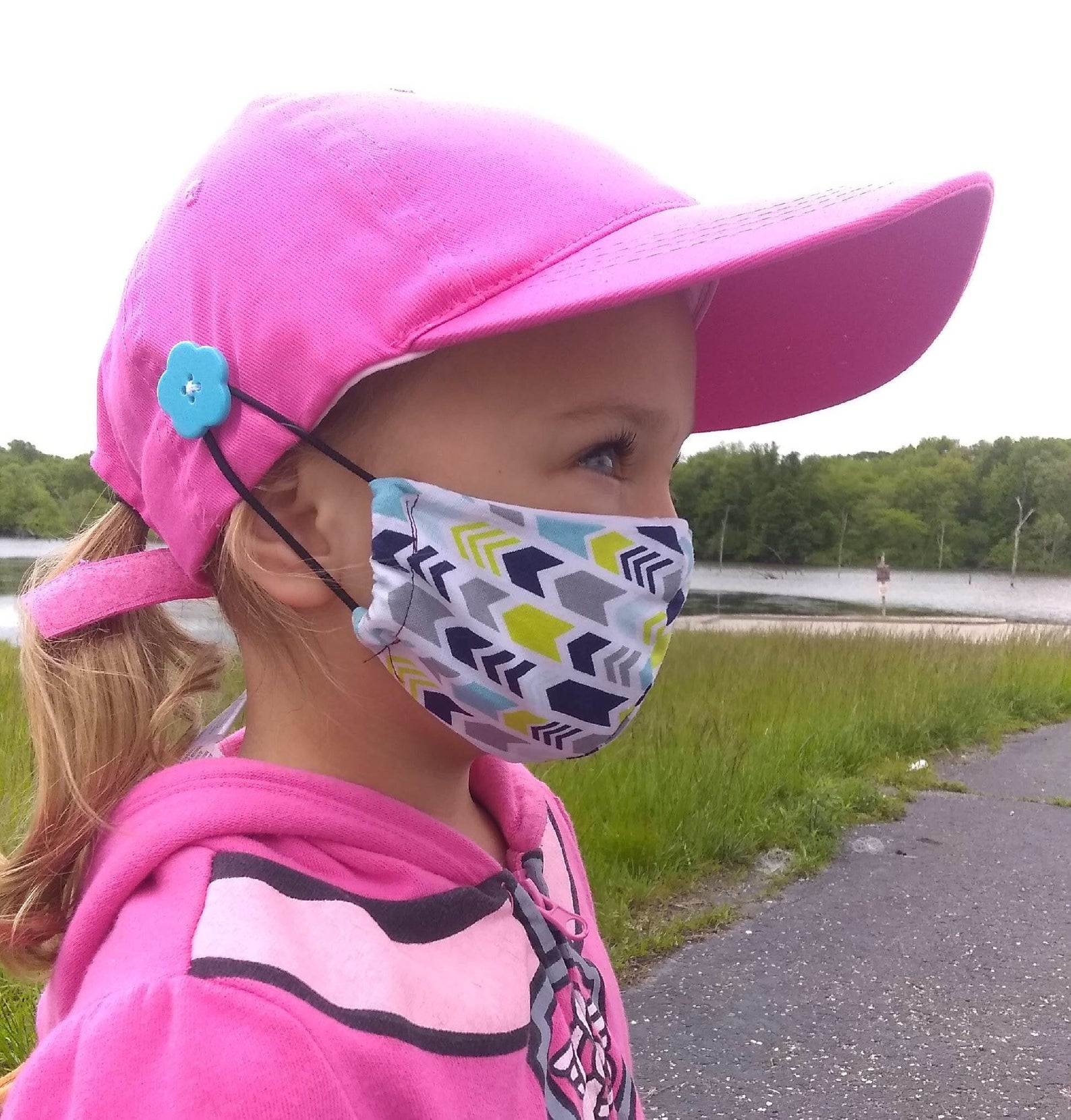 Consider themed masks with favorite animals, characters, colors, and team names to increase interest and acceptance. Big brands like Crayola (https://schoolmaskpack.com)and Disney (https://www.shopdisney.com) now sell masks and there are many to pick from on Etsy and Amazon such as this cute animal face mask
Consider themed masks with favorite animals, characters, colors, and team names to increase interest and acceptance. Big brands like Crayola (https://schoolmaskpack.com)and Disney (https://www.shopdisney.com) now sell masks and there are many to pick from on Etsy and Amazon such as this cute animal face mask
Clear window masks like the Fun and Function Social Mask keep mouths visible. This helps kids tune in to nonverbal cues and social nuances, enables lip reading, and lets kids more easily recognize familiar faces. Yes, that’s Lindsey Biel, co-author of Raising a Sensory Smart Child in the photo!
If eyeglass fogging is a problem, use a mask with a metal nose clip to close gaps. You can add a strip of medical tape along the top of the mask to seal it or spray lenses with an anti-fog swim goggle spray.

It may help to put a drop of essential oil on the outer edge of a mask (never against the skin or directly in front of mouth or nose) so the wearer inhales a favored scent. Essential oil preference varies but citrus and mint tend to pep kids up while florals tend to soothe them. Use only therapeutic-grade essential oils! Try this at home before heading out for the day.
For kids who tend to mouth everything, introduce chewing gum as a special treat while wearing a mask. Teach them to dispose of gum properly, washing their hands well both before and after.
Provide a hand tool like a squishy ball or putty like Crazy Aaron’s Thinking Putty to redirect fidgeting from the mask.
Many people are shallow mouth breathers, specially when anxious. Practice taking deep, calming breaths through the nose rather than mouth using a visual such as the Take 5 Breathing video works well for many people. You can also download a Take 5 Breathing Poster.
Face Shields and Neck Gaiters
Masks protect others by filtering droplets we emit when we exhale, cough, sneeze, talk, and so on. Only certain masks such as the N95 masks used by medical professionals protect both the wearer and others. High-quality face shields offer a degree of protection to the wearer by working as a cough, sneeze, and splash guard although some air escapes around the edges of the shield. A mask and shield worn together provides greatest protection, essential if you or your child is sick or especially vulnerable.
Medical-grade plastic face shields offer visual clarity, are easy to disinfect, and last longer. Some companies that offer top-quality options for kids and adults include:
• Little Lives PPE PediaShield™ created by doctors with medical-grade plastic with non-toxic headband foam for kids and adults.
• Third Kindness High-quality medical grade face shields for kids and adults with solid or cute decorated headbands.
• Shield Pals Adorable styles for kids and adults with clear, high-quality shields.
Words of caution: While some people prefer neck gaiters and bandannas, studies show they do not adequately protect the wearer or others. Flimsy shields attached to foam headbands and hats may look practical and cute but offer little or no protection to the wearer or others. Again, wearing a medical-grade face shield plus a properly fitting face mask over the nose and mouth gives best protection to the wearer and others.
Normalizing tips
-
Be a good role model. Teach your child it’s not a big deal to wear a mask and that you are proud to protect others \ with this simple action. It certainly helps if your child is into superheroes because nearly all of them wear masks!
-
Wearing a mask, physically distancing, and washing hands often for 20 seconds (as long as it takes to sing “Happy Birthday”) are essential to keeping your children, you, and others from getting infected.
-
Start by having your child wear the mask for short periods at home, using a timer if that is helpful. While wearing it, do something fun like such as baking cookies, using Play-Doh, or playing a game.
-
Place it on your child at home and go for a short outing. Slowly increase wearing time until your child is able to wear it during an activity such as going to the store for a special treat. It’s best to go at an off-hour to avoid crowds, especially if you are worried your child won’t keep the mask on or if people in that store aren’t keeping you and your child safe by wearing masks themselves.
-
Take breaks when needed at least 6 feet away from others.
-
Remember that the mask must cover the nose and mouth. If your child or other person your life wants to wear it under the nose, remind them that we pull our masks over the nose and mouth just like we pull underpants all the way up. You can make it funny but firm: we don’t let our private parts hang out of our underpants in public and for right now we don’t let our nose and mouth hang out in public either!
-
Does the child understand why it is necessary? Remind them that wearing a mask whenever you can’t be physically distant from others outside of your family — or even within your own home if someone is at risk or actively ill - is a super easy way to save lives. We now know that even very young children can get very sick (and tragically, some have died) from COVID-19 while others may have NO symptoms but carry the virus home to family members, friends, and teachers.
Social Stories, Videos and Books
Again, wearing a mask, physically distancing, and washing hands frequently is essential to keep kids, parents, teachers, and others from getting sick. For many kids (and some adults) this may be an intellectual understanding that doesn’t translate into action. It may help your history buff to read up on the 1918 Spanish Flu epidemic and to check out social stories, videos, and books online such as Autism Resource Central as well as these:
Reading a book together helps to normalize this period in history. You may want to help your child keep a diary about their experiences or write a book of their own to share with their children and grandchildren some day.
About the Author
Lindsey Biel, M.A., OTR/L is a pediatric occupational therapist with a private practice in New York City where she evaluates and treats children, adolescents, and young adults with sensory processing issues, developmental delays, autism spectrum disorders, and other challenges. With the COVID-19 pandemic, she now offers teletherapy to families and schools nationwide.Lindsey is co-author of the award-winning Raising a Sensory Smart Child: The Definitive Handbook for Helping Your Child with Sensory Processing Issues, with a foreword by Temple Grandin. She is also the author of Sensory Processing Challenges: Effective Clinical Work with Kids & Teens and has authored two chapters in Dr. William Steele’s book Optimizing Learning Outcomes as well as contributed to the all-new edition of Kim West’s classic Good Night, Sleep Tight.
Sensorysmarts.com participates in the Amazon Services LLC Associates Program and earns a small commission on items purchased through this page. Thank you for your support.

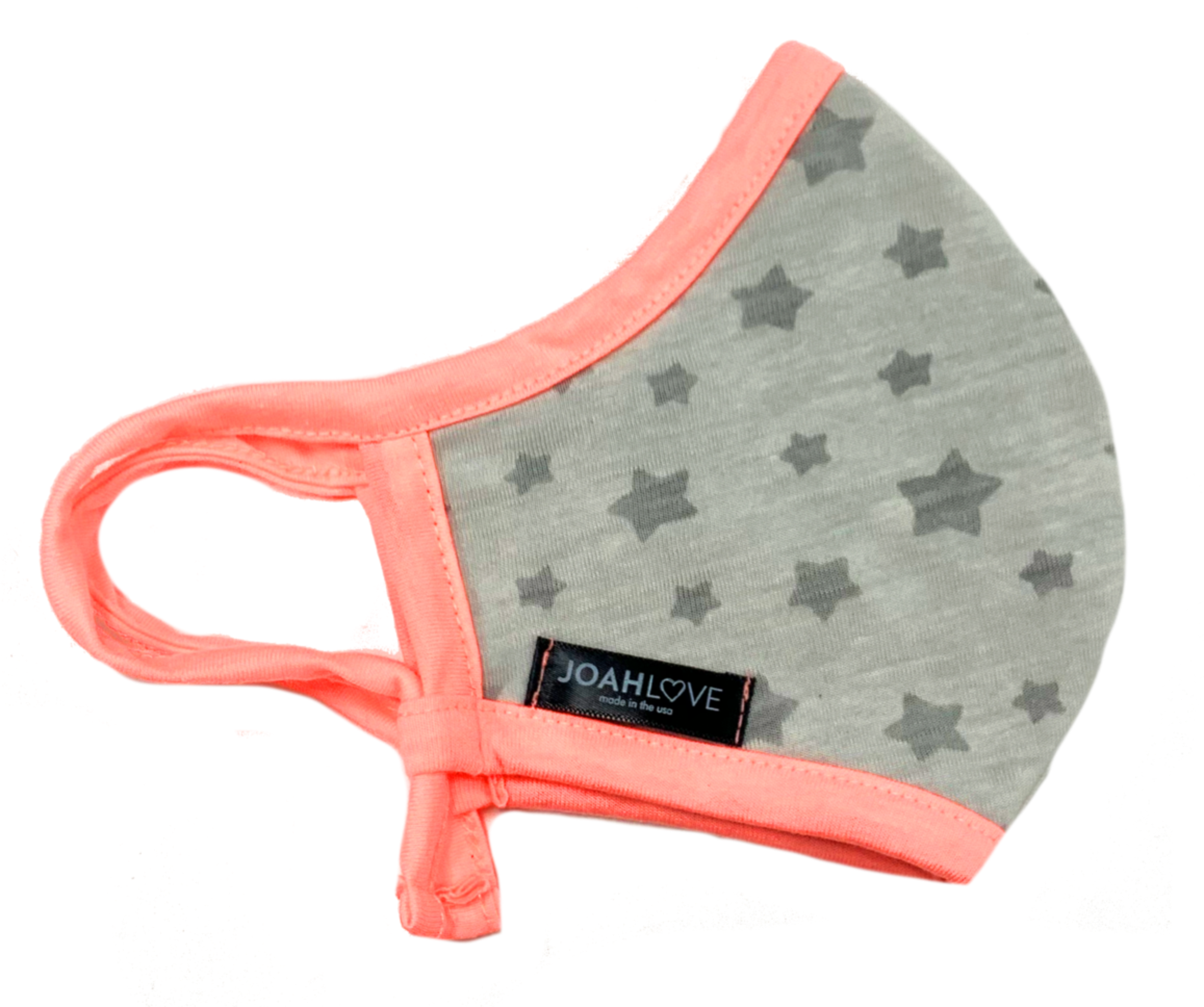




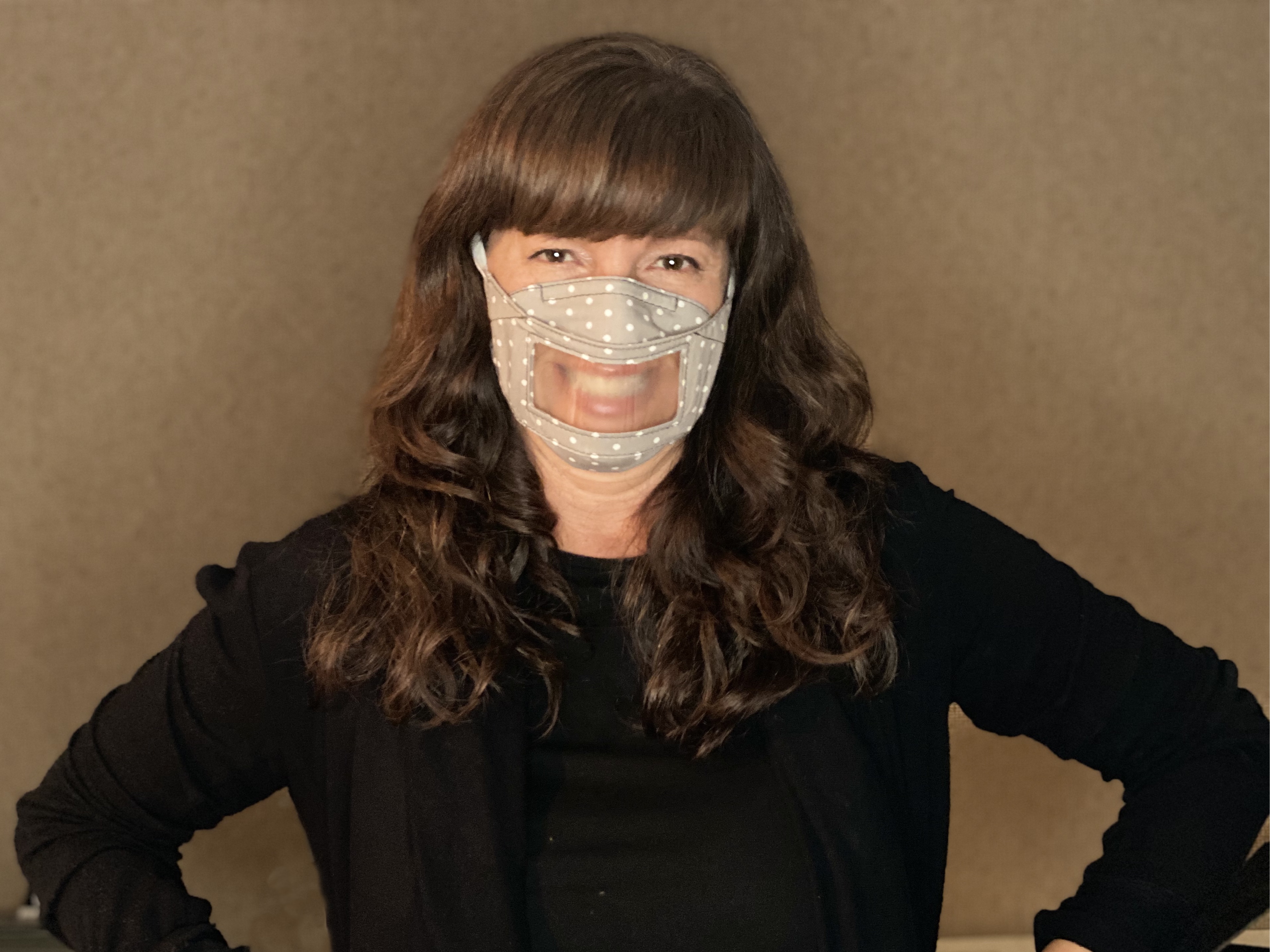

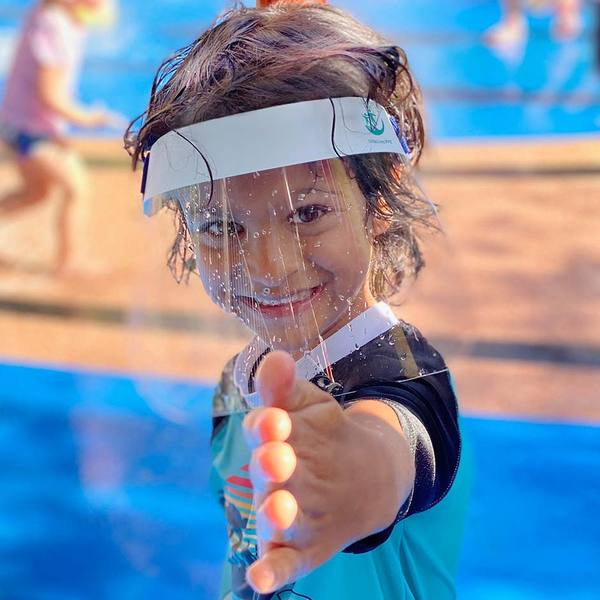
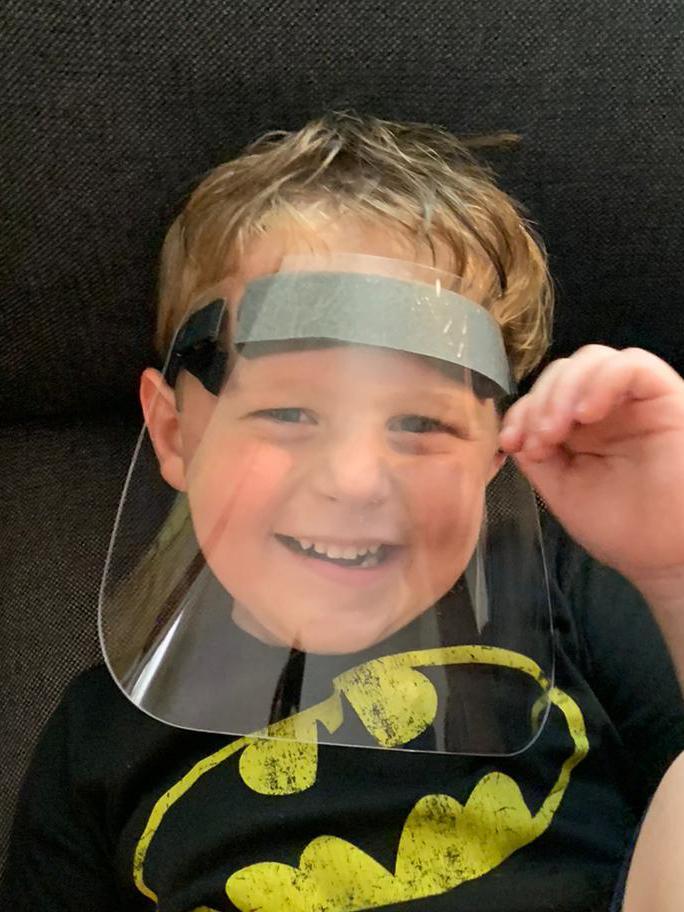
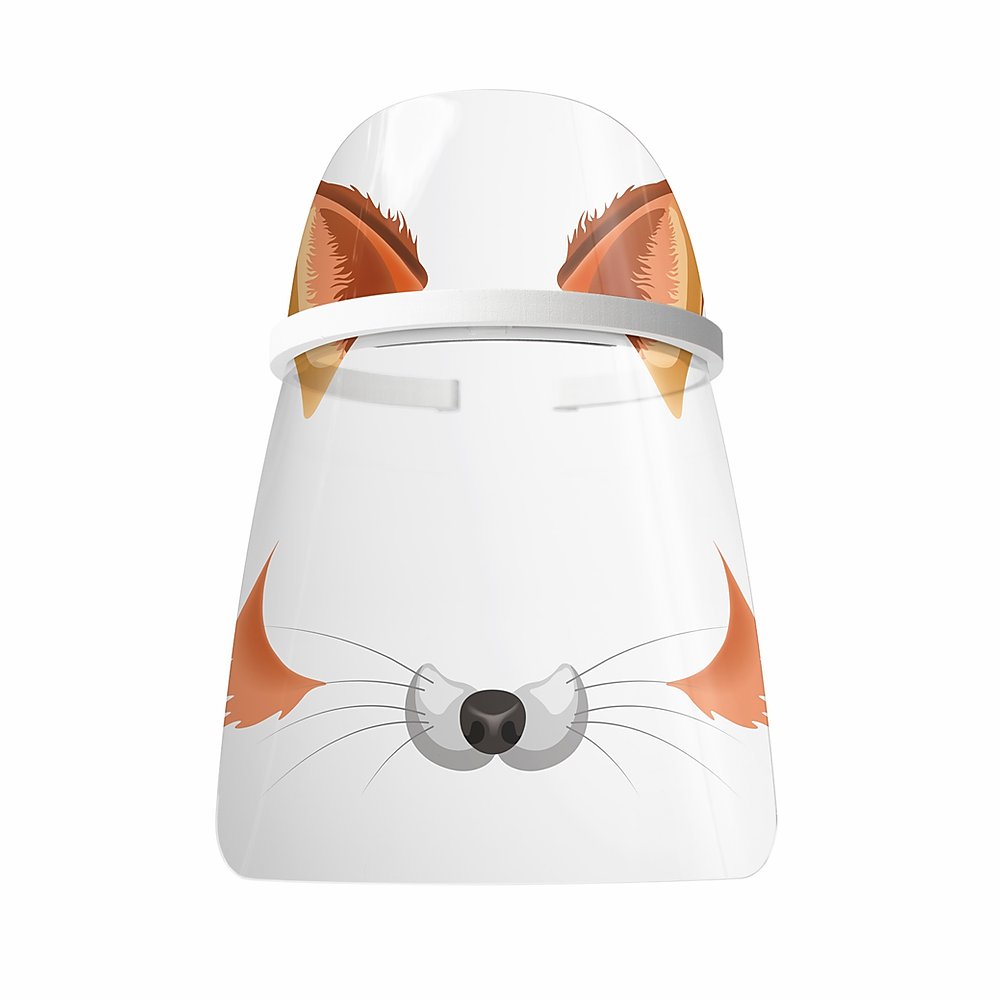








Share this page: